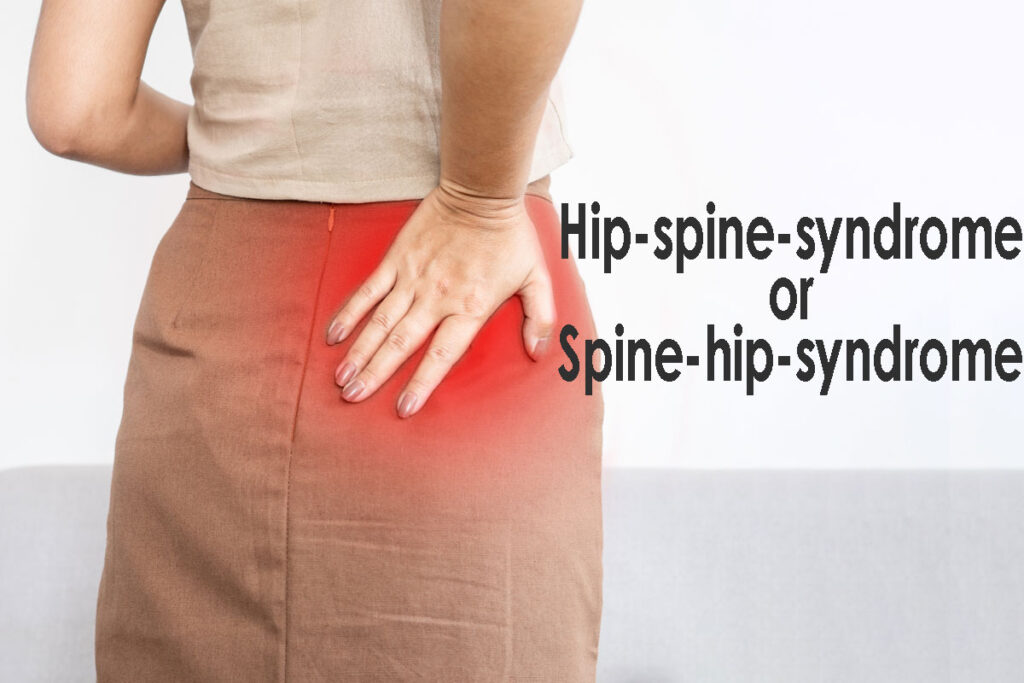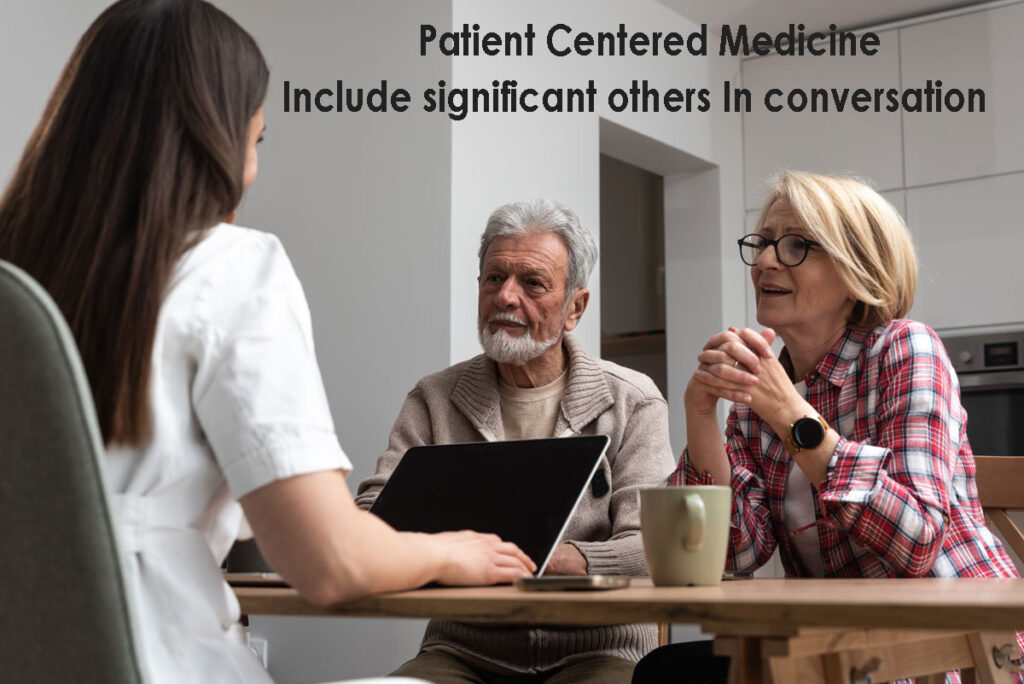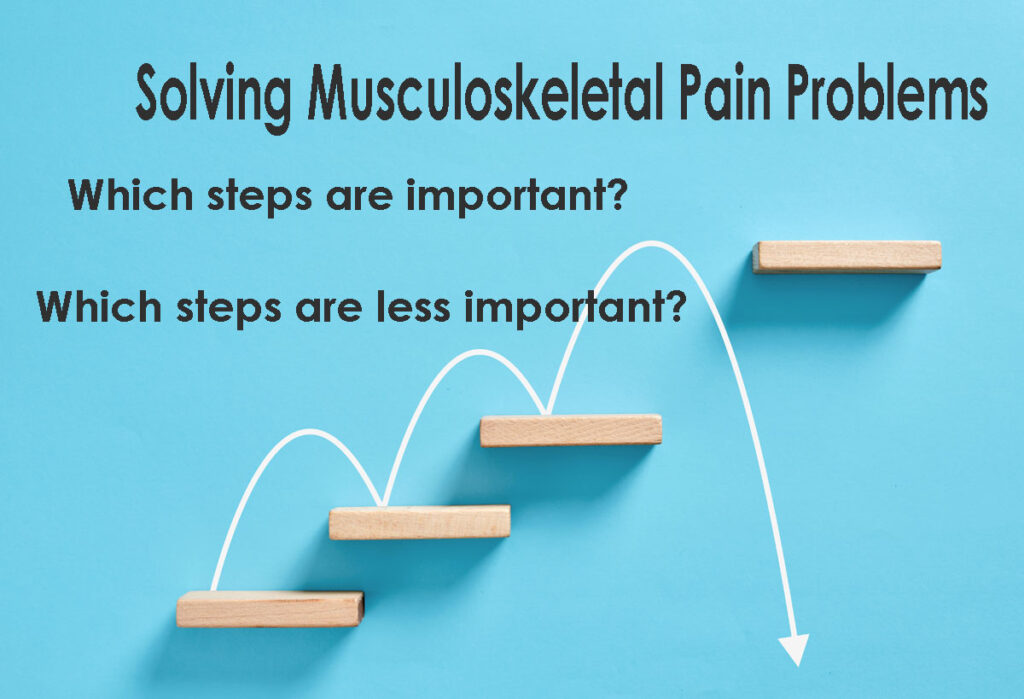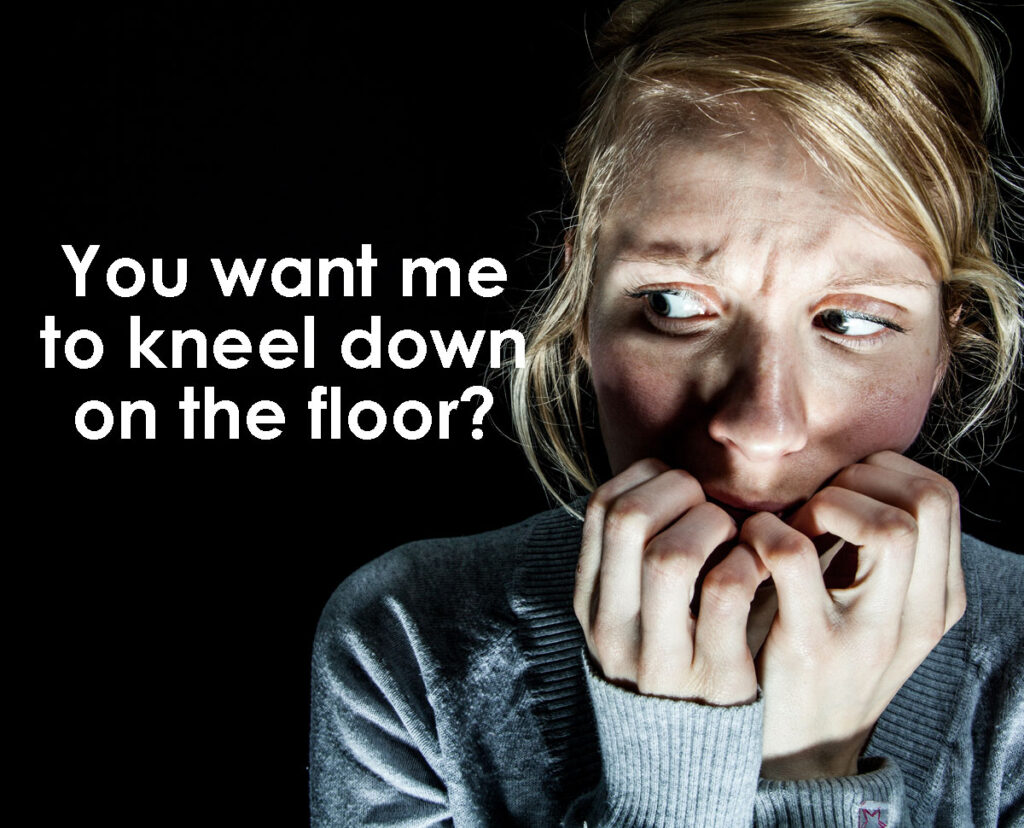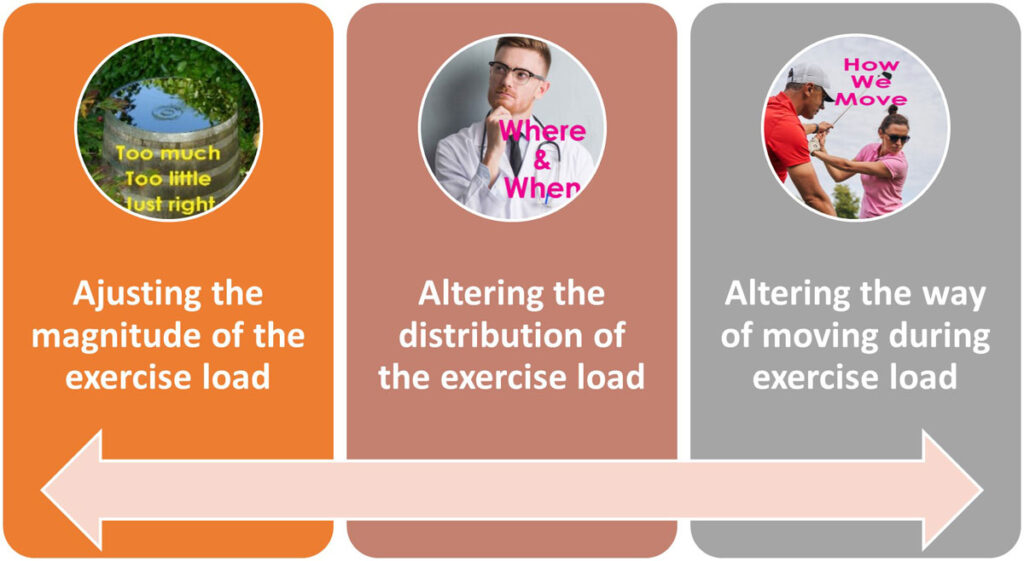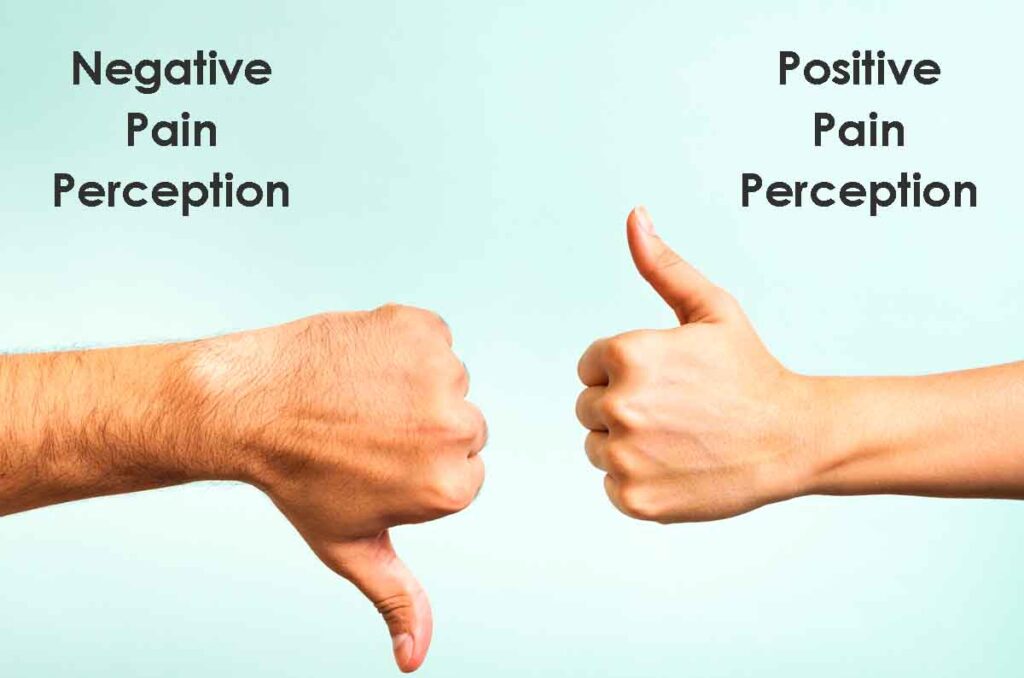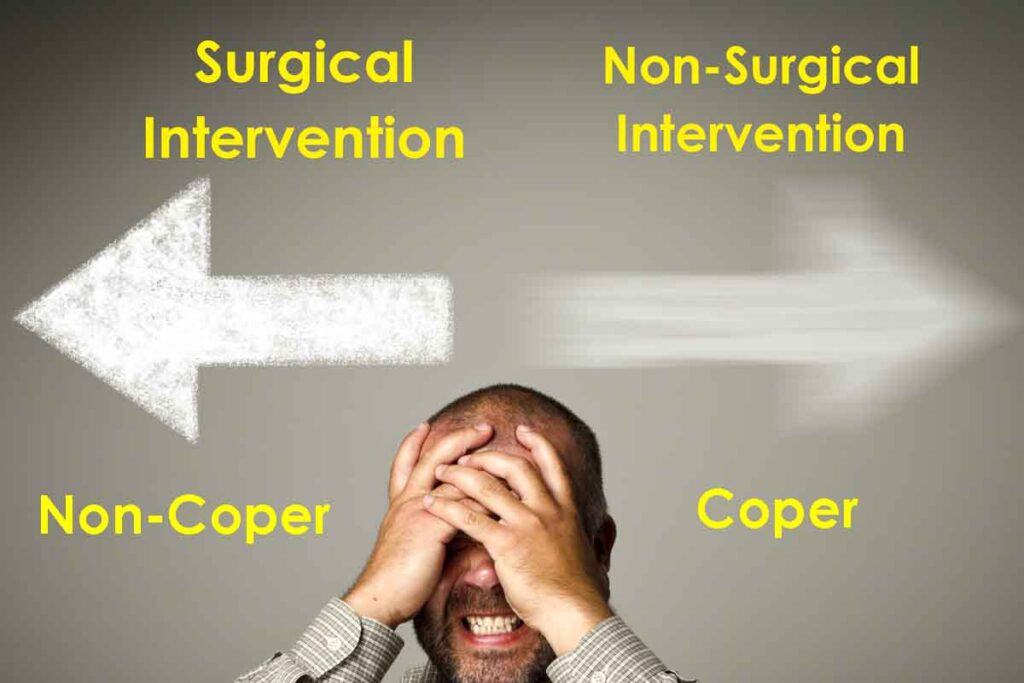Hip & Knee
Hip-Spine vs Spine-Hip vs Both – 3 Case Examples Lessons Learned
An 80-year-young woman visited her primary care physician with “pain going down my leg”. She had difficulty grocery shopping, picking up her small dog. X-rays showed osteoarthritis in her lumbar spine, and she was diagnosed with “sciatica.” The doctor referred her to a spine surgeon, who ordered an MRI and gave her an x-ray-guided spinal…
Read More“Take my wife, please” – patient centered care consider significant others
After completing an initial Physical Therapy consult with a 62-year-old gentleman with osteoarthritis of the knee, I asked, “Do you have any questions, confusion, or concerns that we should go back over?” Before he could respond, a voice chimed in from the next room. “Tell him that you look like an old man when walking,…
Read MoreBalancing joint capacity and exercise load using synergistic muscle action
A key concept in managing and preventing hip pain is understanding the balance between the capacity of the joint to handle load and using exercise training load to increase the capacity of the joint. To modify movement, one can “load” it by adding external resistance. Or “unload” it by decreasing or eliminating external resistance. Or…
Read MoreMusculoskeletal pain which are important steps which are less important?
Thesis: Choosing a diagnosis is an early step in solving non-traumatic muscle and bone pain problems. A diagnosis helps guide treatment, predict how problems will progress, and improve communication. A diagnosis has many functions, including direction for intervention to solve problems, predicting how problems will progress, and assisting in communication. Antithesis: Medical terminology is notoriously…
Read MoreWhat is the alternative to I have fallen, & I can’t get up? – improve strengthen flexibility “just do it”
A patient with Parkinson’s syndrome, living alone expressed to me his frustration. He had fallen and was unable to get back up. He pissed on himself. He used his fall alert system via the internet to notify the rescue squad. In addition to the embarrassment, he felt about not being able to get back up…
Read MoreAdjusting the exercise load to manage musculoskeletal pain syndrome
Adjusting the amount of exercise load involves seeking a balance between increasing or decreasing the load. Athletes and healthy individuals the bias is towards increasing the load to improve capacity and performance. For musculoskeletal injuries, post-orthopedic surgery, or musculoskeletal pain syndromes, the bias is towards decreasing the load to facilitate healing and recovery. Tactics to…
Read MoreHow does the natural progression of osteoarthritis influence the management of osteoarthritic flares?
Case Example: Over the last year, on several occasions, a patient has sought assistance for recurring flaring neck pain. Radiographs show moderate osteoarthritic (OA) changes in the cervical spine. A history of mild to moderate scoliosis of the spine has existed since childhood. Over the years, the neck pain has alternated from long periods of…
Read MorePain – What does it feel like? How this information can guide intervention
When describing your pain details can include location, type, severity/intensity, frequency, duration, triggers, and impact on life. When describing the location of the pain it may not be accurate. Pain can be perceived in an area that is distant from the tissue source of the pain. This is described as referred pain, when the pain…
Read MoreOrthopedic surgery is not always necessary – coper vs non-coper
A diagnostic image such as an MRI can show significant structural damage such as a complete tear of the anterior cruciate ligament (ACL), a complete tear of the rotator cuff of the shoulder, a herniated spinal disc, or other musculoskeletal tissue damage. In 1983 Frank Noyes and colleagues in a seminal study of patients without…
Read MoreMovement-evoked pain measurement for adjustment of interventions for chronic musculoskeletal pain syndromes
If chronic musculoskeletal pain syndrome is like diabetes, then what is a self-administered test to adjust interventions? A thought-provoking article by Jermey Lewis and Peter O’Sullivan suggests “Is it time to reframe how we care for people with non-traumatic musculoskeletal pain” they suggest we have a lot to learn from how other chronic medical and…
Read More
